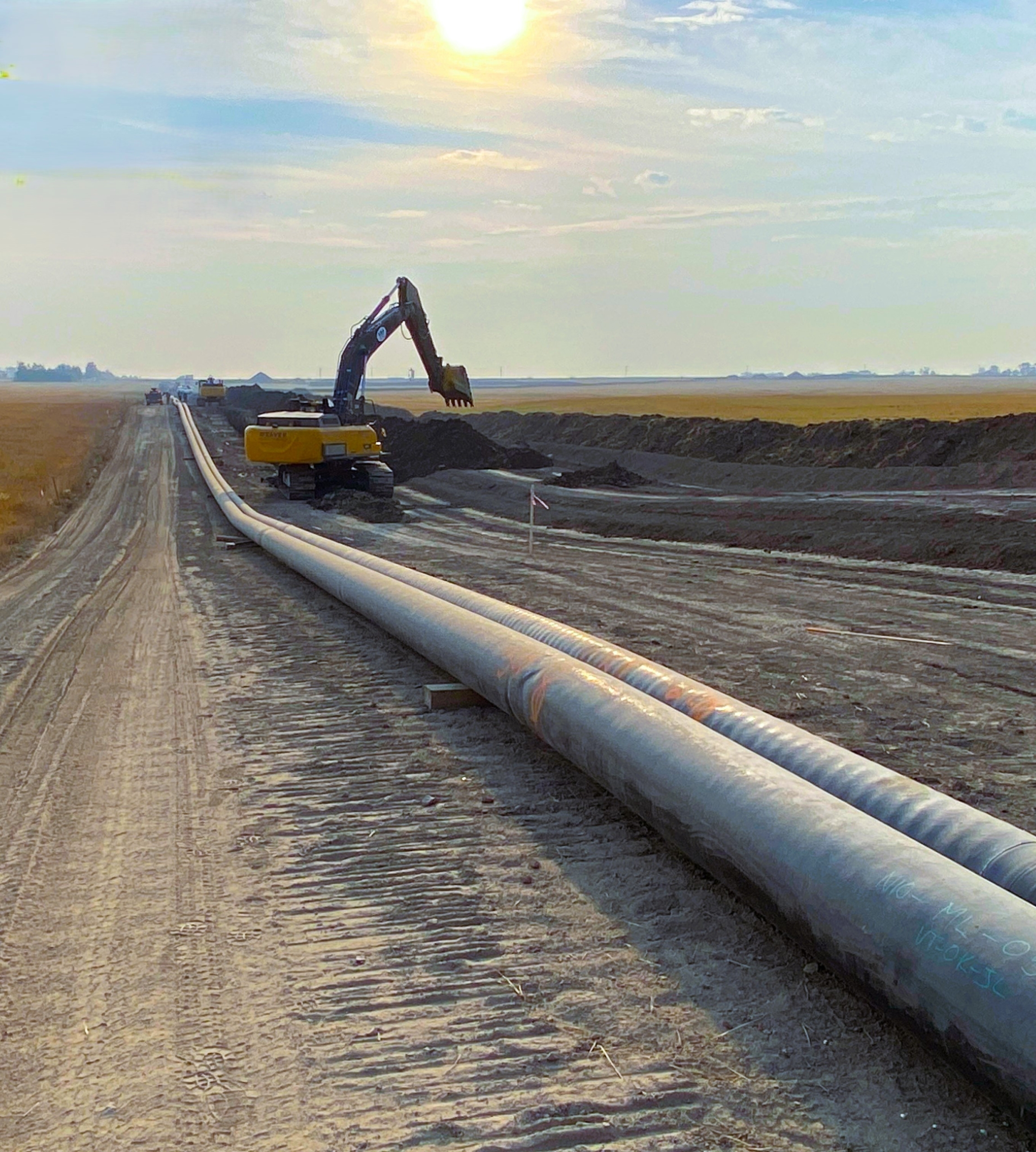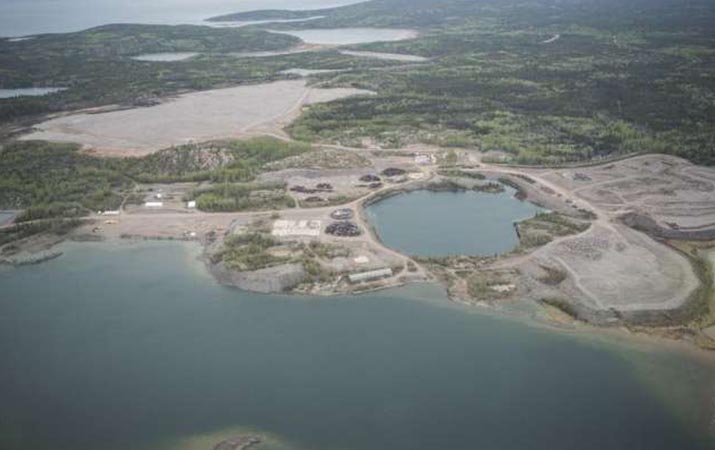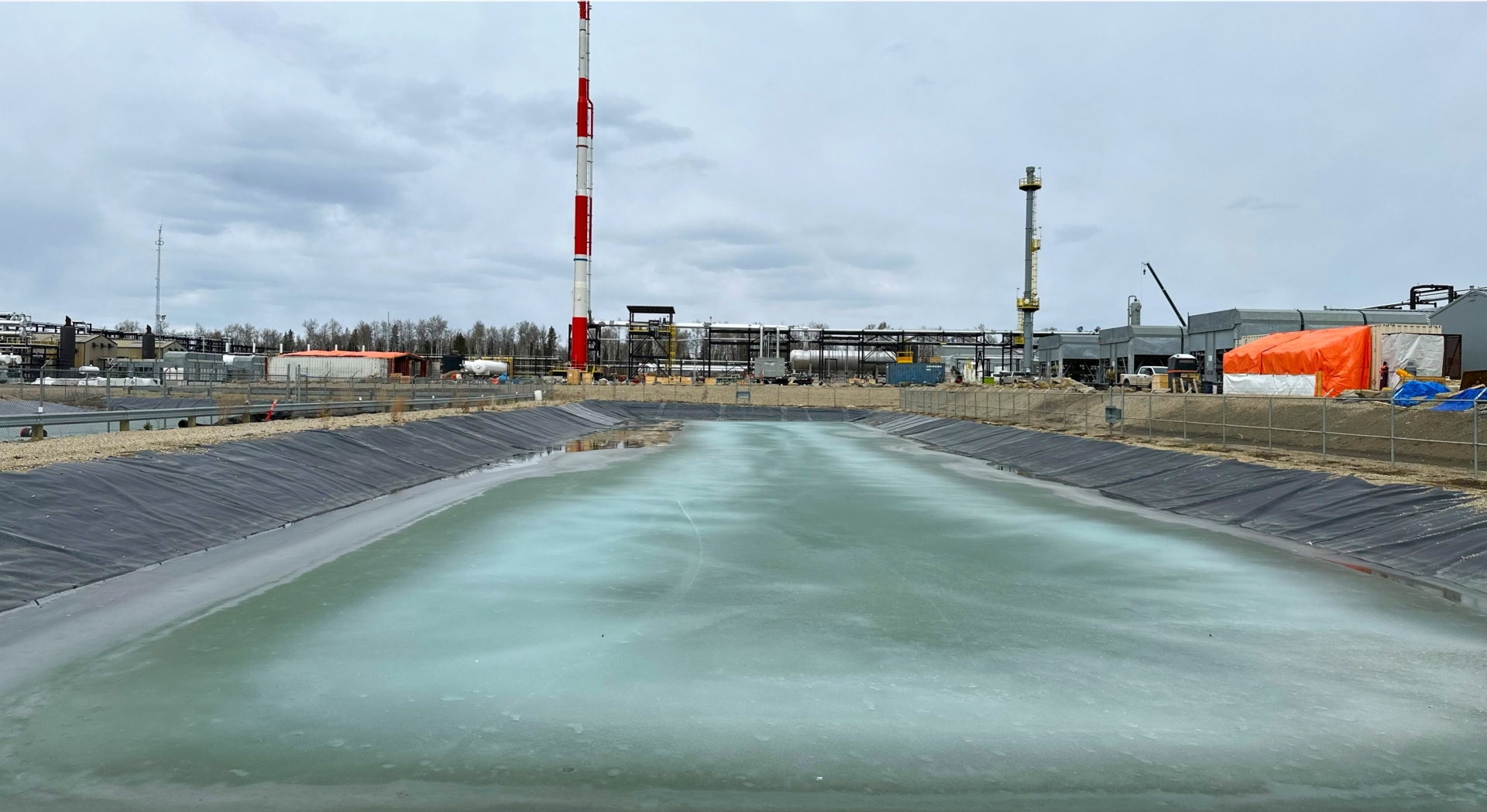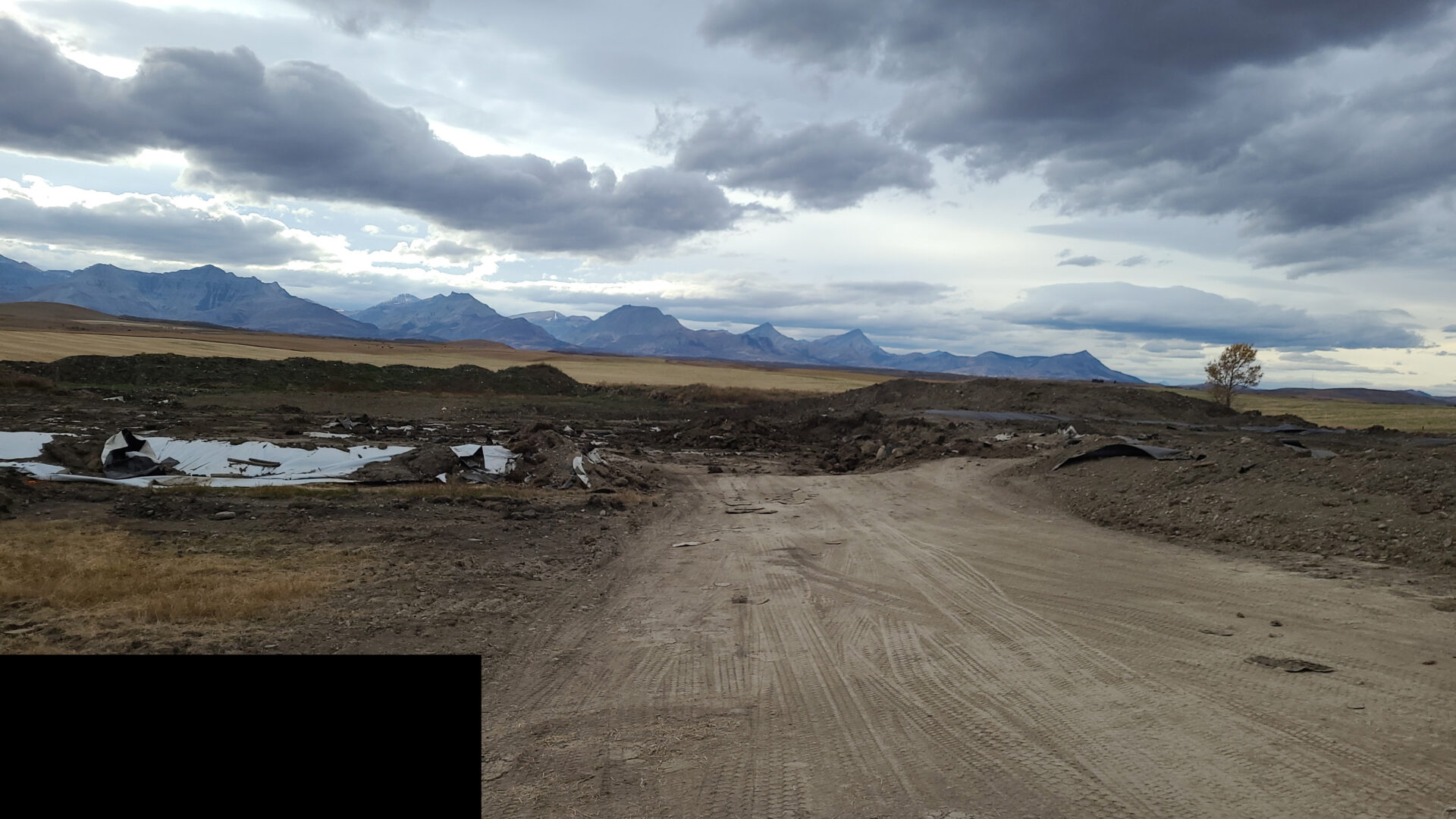Here at 360, we believe in Making Growth Simple.
The extension to that and a founding principle of ours is that value can be found in, and should be sought, when managing asset retirement obligations (ARO). The Oil & Gas industry is currently facing a significant shift with respect to the view on ARO and the amount of capital being invested into end of life activities. At 360, we do not see this trend subsiding and are actively seeking opportunities to realize value from all manner of ARO activities.
One item that is often overlooked is the impact on operating expenditures (OPEX) that a meaningful, strategic liability management structure can produce.
Depending on the area and type of operations, the carrying costs of an inactive well can often range from $3,000 – $7,000 per year. These costs are typically made up of electricity, taxes, surface rental and Orphan Fund Levy. While there are opportunities to reduce all of those items within the liability management theme, the remainder of this post will focus specifically on electricity.
Electricity
Electricity bills are generally broken into two cost components: usage charges (variable) and wires charges (fixed). Usage charges depend on the amount of electricity consumed and are therefore easy to control. Wires charges, on the other hand, are a fixed cost and the opportunity to improve OPEX often goes unrealized.
The formula for wires charges has several variables but in essence is calculated from the amount of electricity made available to a site. The opportunity for OPEX reductions comes from identifying sites that no longer require the amount of power that is allocated towards them; long-term inactive wells, decommissioned sites and sites where equipment has been downsized due to decreasing production are common candidates. It is important to examine historical electricity patterns when identifying candidates to account for seasonal operating changes that can affect power usage.
Once candidates are identified, the wires charges can be reduced by either stepping down the amount of power contractually allocated to a site or by physically salvaging the power hookups on a site. Stepping down electrical capacity to a site can be executed by requesting a reduced contract minimum, changing the contract type or by placing a site on idle billing. Utility providers will normally limit how much a site can be stepped down per month, usually around 30 kW. A step down will not eliminate monthly wires charges but will reduce them. Oil & Gas operators need to be aware that if they request a step down, the utility provider has the option to remove larger capacity equipment from that site at their discretion. A salvage request on the other hand is a notification that power is no longer required for a site and the utility provider can disconnect the site from the grid. Monthly charges will be eliminated once a site has been salvaged.
Depending on the contract and age of individual sites, there may be buydown costs for both step downs and salvages to recuperate the transmission companies for their initial investment. Each utility provider will provide a cost estimate to carry out the requested services prior to executing on them.
As the need for optimization in the end of life space continually grows, the ability to focus energy and expertise also grows.
Thanks for reading,
-Mike




































































